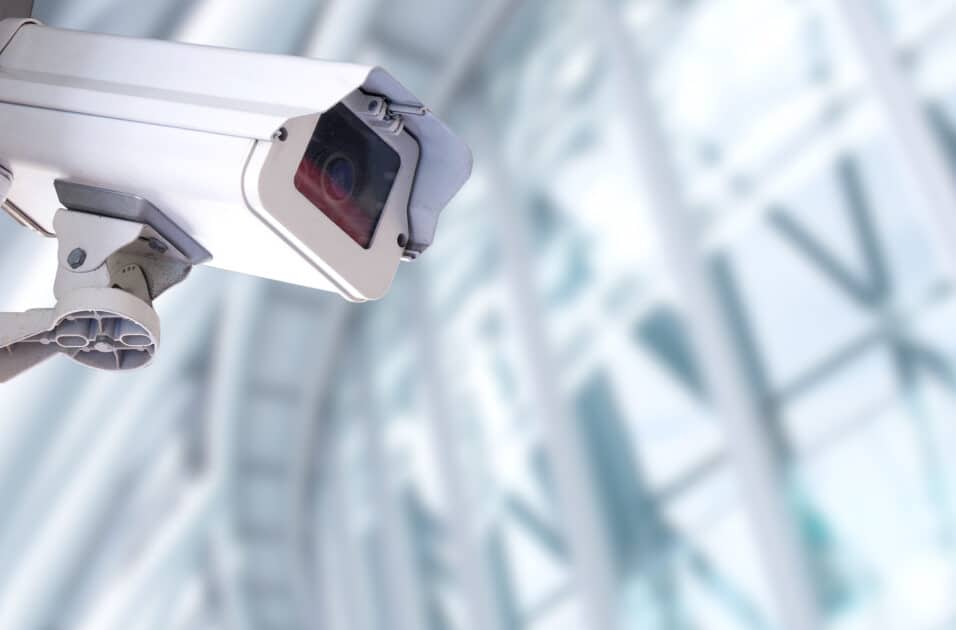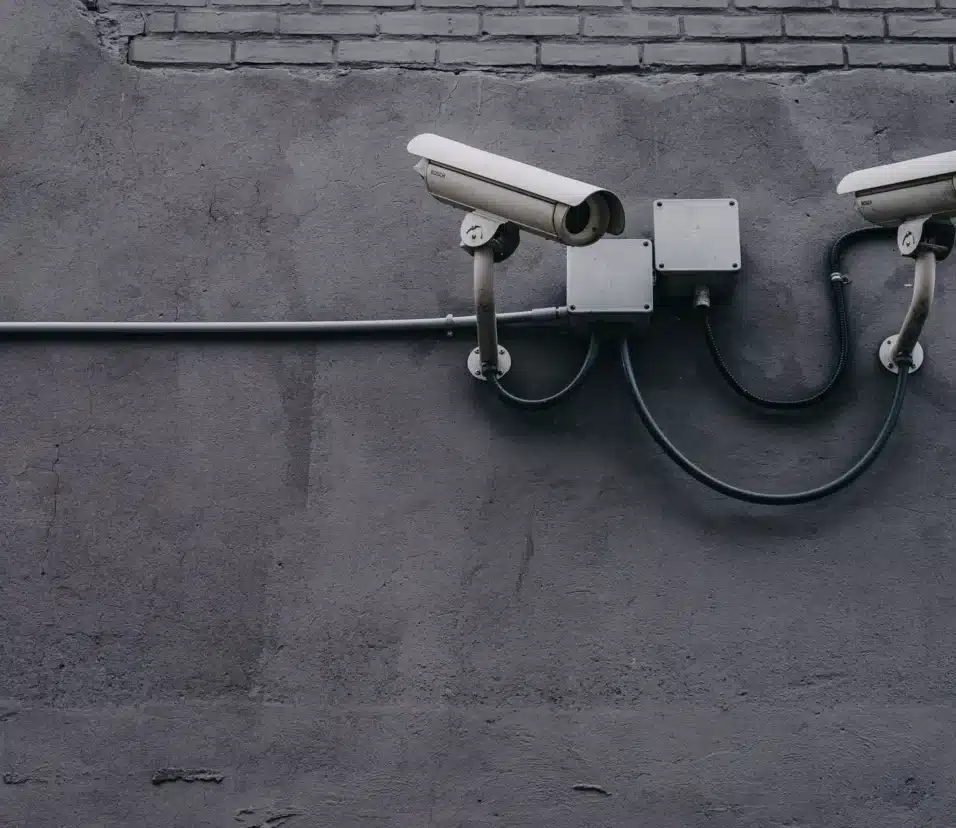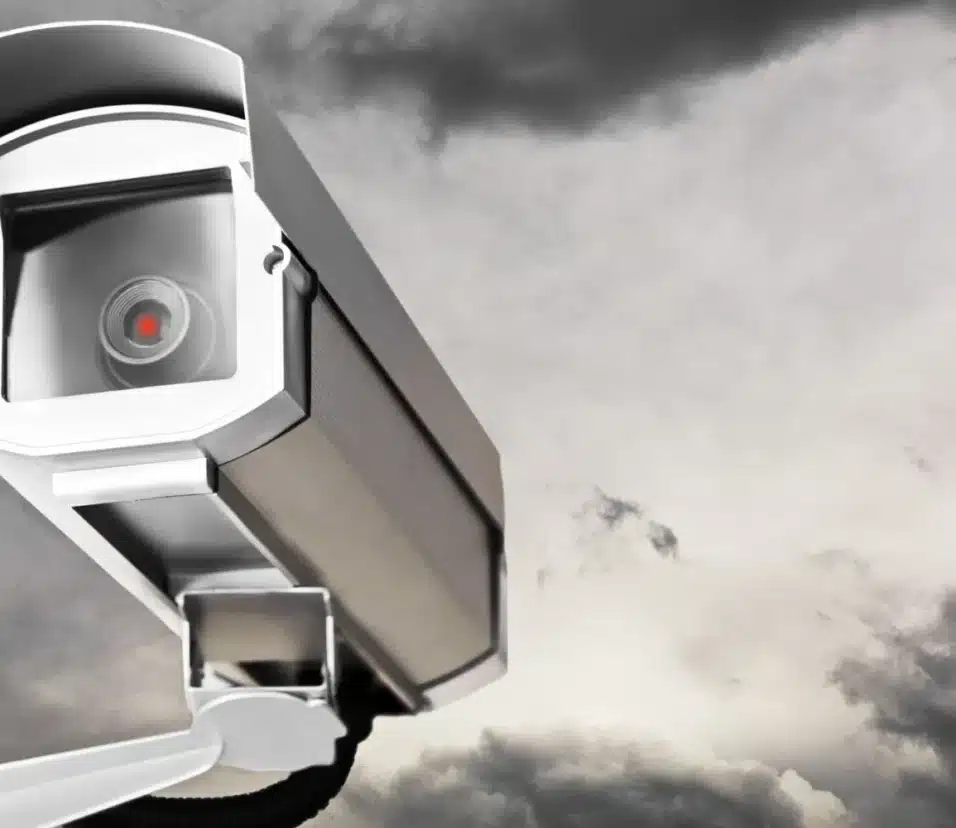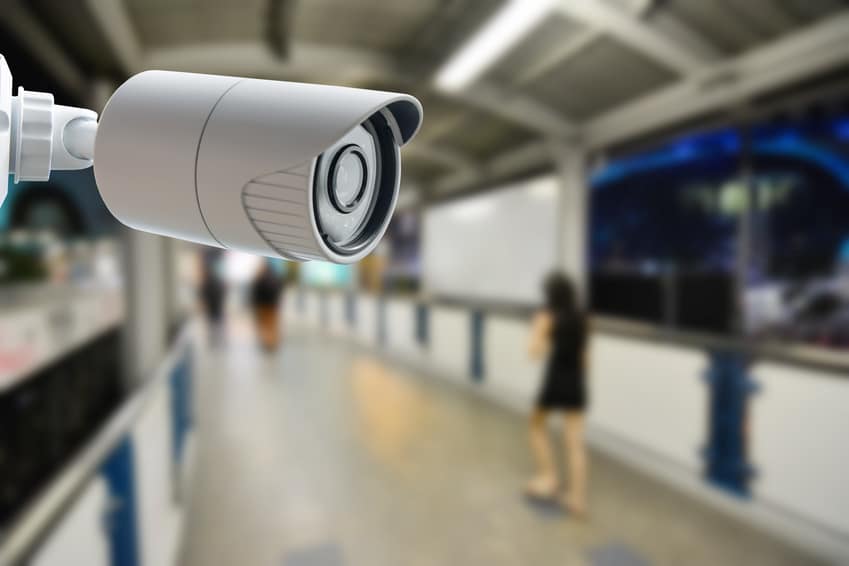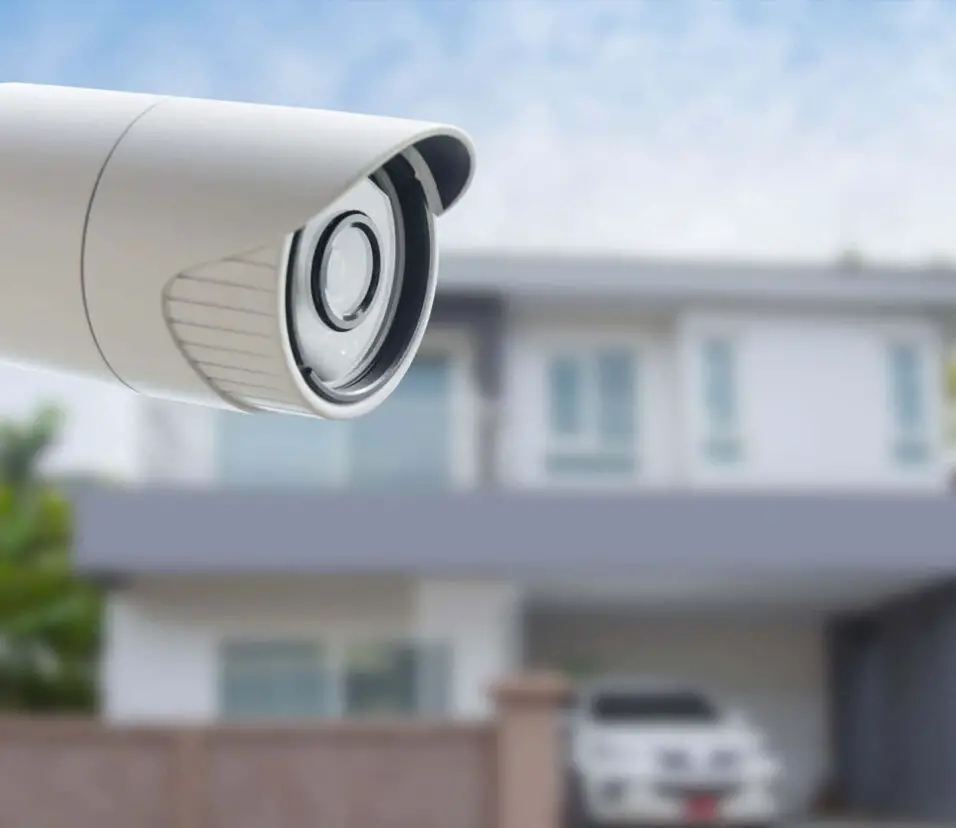When Did Surveillance Cameras Become Popular
Introduction
When Did Surveillance Cameras Become Popular: The evolution of surveillance cameras stands as a testament to humanity’s unending quest for security and control in an increasingly complex world. The journey from rudimentary observations to the ubiquitous surveillance systems of today has been marked by technological breakthroughs, societal shifts, and concerns over privacy.
As we find ourselves in the 23rd century, the once-novel concept of surveillance cameras has become an integral part of modern life. Their capabilities have expanded far beyond simple observation, incorporating facial recognition, artificial intelligence, and networked connectivity. While these advancements promise enhanced security, they have also ignited debates about privacy rights, government overreach, and the balance between safety and personal liberty.
In this exploration of the popularity of surveillance cameras over time, we delve into the factors that drove their adoption, the technological leaps that made them indispensable, and the ethical considerations that continue to shape their role in society. The journey from their modest beginnings to their current omnipresence reflects the intricate interplay between innovation, security, and the evolving boundaries of individual privacy.

What is the difference between CCTV and surveillance cameras?
CCTV cameras can send their video directly to a monitor, either nearby or far away, over wired or data networks. People often use the terms “surveillance cameras” and “television” (CCTV) to refer to the same thing. However, there are some small differences between the two that affect how they work and what they are used for. This technology was first used in the middle of the 20th century for protection and surveillance in small areas. It used analog cameras that were wired to computers to make a closed system for watching in real time. They don’t have to be limited to closed systems because they can send data over the internet. This lets people view footage from computers or phones that are far away.
Which camera is best for surveillance?
The Best Home Security Cameras of 2023
- SimpliCam – Best Security Cameras Overall.
- Lorex – Easiest to Use Security Camera.
- Ring – Best DIY Installation.
- ADT – Best Complete Security System with Cameras.
- Wyze Cam – Most Affordable Security Cameras.
- Arlo – Best Video Resolution.
- Nest – Best Google Home Cameras.
These cameras have advanced features like motion recognition, night vision, and remote access. They also have high-resolution video quality and digital connectivity. For outdoor surveillance, cameras that can handle bad weather and have strong housing are suggested. Dome cameras are easy to hide and have a large viewing area, so they can be used for spying inside. Because they can see farther, bullet cameras stand out more and are often chosen for outdoor areas.
Ultimately, the best security camera depends on what it will be used for.
What does a surveillance camera system do?
A home security camera is a video recorder that records video of your home and property. You can access this video on an phone, tablet, or computer. There are a lot of home security cameras that will record and send you a warning when they sens motion.
Video cameras record and collect images for safety, monitoring, and investigations. Strategically placed cameras record and observe in real time. These gadgets are used in homes, businesses, public spaces, and institutions.
Security cameras record the monitored area when operational. This video can be stored locally or on cloud computers or NVRs. IP cameras are employed in many current systems. Digital cameras allow computers and mobile devices to see live and recorded video remotely.
Surveillance cameras can have motion detection, infrared night vision, and two-way audio. Some advanced systems recognize objects, faces, and abnormal behavior using AI. This helps the system detect and respond to events.
What is the difference between surveillance camera and IP camera?
CCTV video data is converted for TVs, VCRs, and DVRs. People often use “surveillance camera” and “IP camera” interchangeably, however they mean different camera systems. A security camera is a broad term for a variety of viewing and recording devices. This term applies to both analog and digital CCTV cameras. Analog security cameras provide video signals straight to monitors or recorders, limiting their capabilities.
However, an IP camera, or “Internet Protocol camera,” may capture and transfer video across computer networks like the internet. Higher resolutions, functionalities, and flexibility make IP cameras superior than analog cameras. Often, they have processing power for video, motion, and remote access.
IP cameras can be wired or wireless, and computers or phones can view live and recorded video. They can also improve video data storage and management with NVRs or VMSs.
Overall, IP cameras are surveillance cameras, but not all security cameras are IP. IP cameras are networked video cameras. They are remote, have more, and can connect to current security systems.
At what point in history did the widespread adoption of surveillance cameras become noticeable?
It wasn’t until the second half of the 20th century that surveillance cameras became widely used. This was a big change in how people thought about security and tracking. In the past, simple closed-circuit television (CCTV) systems were used for a few specific tasks. However, it wasn’t until the 1980s and 1990s that security cameras became more common in public places and government buildings.
A turning point was reached when improvements in camera technology met the growing need for security options. As cities grew and people became more worried about crime and safety, more people started to use surveillance cams. This change was made possible by the introduction of small cameras, better picture quality, and the switch from analog to digital technology.
As the 21st century began, security cameras had become an important part of modern infrastructure. You could find them in public places, transportation hubs, stores, and many other places. Surveillance cameras went from being experimental tools to essential tools for security and monitoring during this age, which marked the end of decades of progress and social acceptance.
Can you pinpoint the era when surveillance cameras began to see a surge in public acceptance and usage?
As the 21st century began, more people started using surveillance cameras. After 9/11, security cameras went from a specialized technology to a standard element of modern life.
Security priorities shifted worldwide after the 9/11 assaults on the World Trade Center and Pentagon. This prompted governments, institutions, and companies to rethink security. As people became more aware of potential risks, surveillance cameras became popular as a tool to increase safety, fight terrorism, and monitor public areas.
Because they wanted to preserve public areas and important structures, people were more tolerant. Airports, train stations, government buildings, and other sensitive sites received more security cameras, making them increasingly common. People shifted from being cautious about privacy violations to realizing they help keep communities secure.
Technology improved these cameras from simple viewers to powerful gadgets that could recognize people and monitor things in real time. Video cameras went from specialist tools to crucial aspects of city planning, safety, and disaster preparedness. Thus, the early 21st century saw the rise of surveillance cameras. In an increasingly uncertain environment, individuals wanted to feel safe.
When did surveillance cameras transition from being a novel concept to becoming an integral part of security infrastructure?
The late 20th century saw surveillance cameras go from a novel idea to a vital part of security infrastructure. Early closed-circuit television (CCTV) systems have existed since the mid-20th century, but they were increasingly important in security in the 1980s and 1990s.
This revolution was fueled by cheaper and more accessible camera technologies. As camera sizes fell and image quality improved, businesses and institutions realized surveillance cameras could monitor and protect their properties. This changed the view of these cameras from experimental devices to security tools that dissuade bad behavior.
The switch from analog to digital technologies expedited surveillance camera integration into security systems. Digital systems allowed better visual clarity, quicker footage storage and retrieval, and remote live feed access.
By the 21st century, surveillance cameras were essential to security. Their use in retail, transit, public spaces, and vital infrastructure became common. This change is due to technical improvement, evolving security needs, and a greater awareness of surveillance cameras’ safety and deterrent benefits.
When did the perception of surveillance cameras shift from being seen as intrusive to being recognized as tools for enhanced security and safety?
At the end of the 20th century and the beginning of the 21st, surveillance cameras went from being ugly to useful for safety and security. At first, security cameras were looked down upon because they could invade people’s privacy and be used for illegal spying.
People’s views changed after big events on a world scale, especially after 9/11. Because people knew more about security problems, surveillance cameras were looked at again to stop and lessen them. Surveillance cameras were used to keep an eye on public places, cut down on crime, and help governments, institutions, and groups respond better to emergencies.
Improvements in camera technology, such as better picture quality, digital storage, and smart features like motion detection and facial recognition, have made people see things in new ways. As these cameras proved they could record events, catch criminals, and stop problems before they happened, they were found to be useful for keeping things safe and in order.
Over time, the balance between safety and privacy becomes more clear. Problems with misuse of surveillance cameras were fixed with rules, guidelines, and openness. This new way of thinking showed that surveillance cams can make places safer without violating people’s rights if they are used in a legal and moral way.
Surveillance cameras used to be annoying, but new technologies, changing security needs, and more people becoming aware of their possible benefits while weighing privacy concerns have turned them into useful security and safety tools.
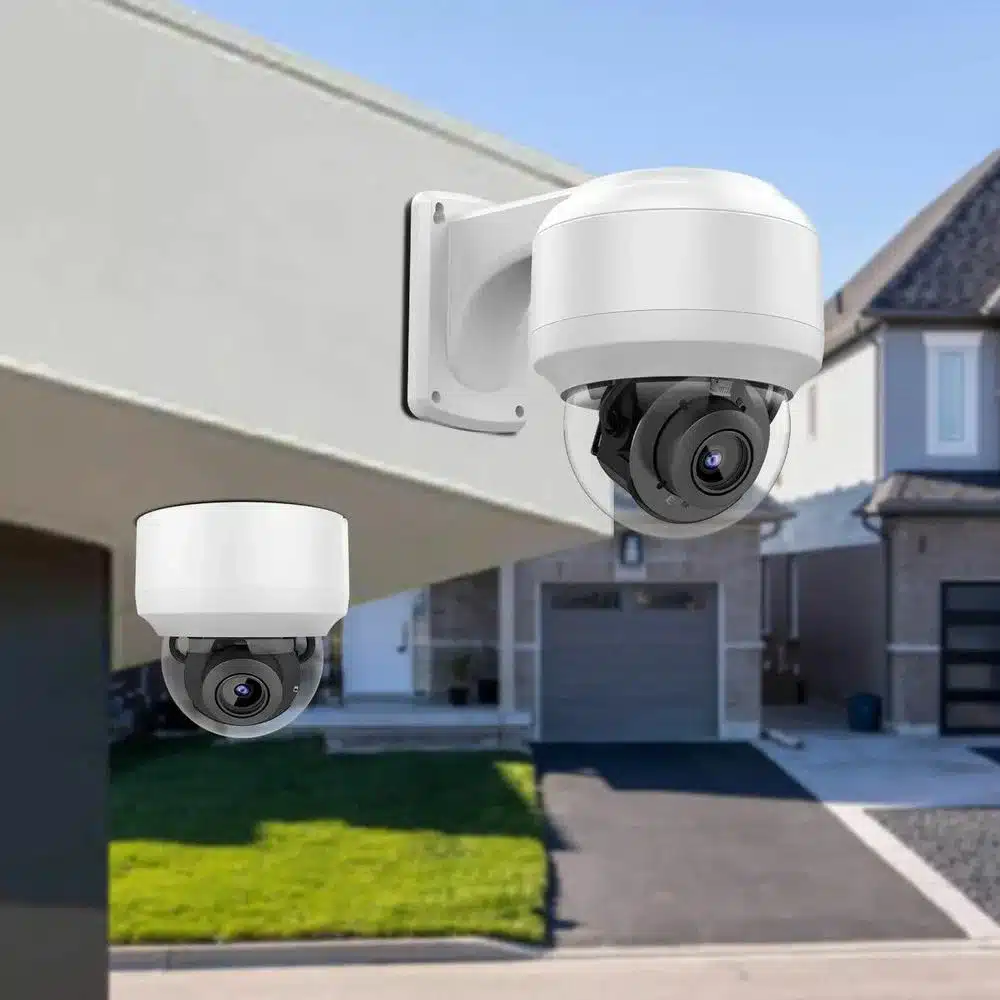
Conclusion
The timeline of surveillance camera popularity reveals a remarkable evolution that parallels the advancement of technology and the changing landscape of societal needs. From their early origins as experimental tools in the late 19th century to their proliferation as symbols of security in the 21st century, surveillance cameras have undergone a transformative journey.
The turning points, such as the accessibility of digital technology and the post-9/11 security concerns, propelled surveillance cameras from the realm of novelty to an integral component of modern infrastructure. As they became fixtures in public spaces, transportation networks, and private establishments, they simultaneously offered a sense of safety and raised concerns about individual privacy and potential misuse.
The rapid integration of artificial intelligence and data analytics in recent years has further elevated the capabilities of surveillance cameras, enabling predictive insights and faster response times. However, this newfound power has ignited debates about the ethical implications of mass surveillance, prompting discussions about the need for transparent regulations to strike a balance between security and civil liberties.
The journey of surveillance cameras popularity is a testament to human ingenuity, resourcefulness, and adaptability. As we move forward, it’s imperative that we engage in thoughtful dialogue, leveraging the lessons of history to navigate the challenges and opportunities that these technologies present. By doing so, we can harness the benefits of surveillance cameras while safeguarding the values that define our democratic societies.




